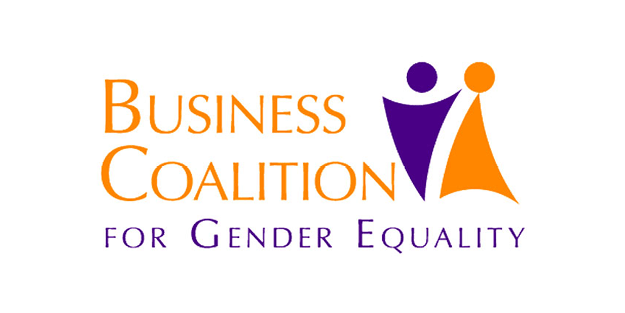Where We Work
Myanmar
– McKinsey Global Institute 2018
Summary
Myanmar faces enduring barriers that limit economic opportunities for women. Female labour force participation has been impacted by significant cultural and political hurdles, contributing to a persistent wage gap between genders, with women earning on average 25% less than men. This inequality is entrenched in cultural norms that undervalue women’s work compared to men’s.
These challenges have been compounded in recent years by the economic and social upheavals, within the country, With the ongoing conflicts, increasing economic instability, and sanctions, the private sector faces a difficult operating environment, which contributes to restricted access to formal employment and limited economic opportunities for women. Such adverse conditions deepen gender inequalities in the country, placing additional burdens on women, notably in unpaid care and domestic work and healthcare access.
Investing in Women recognises the challenges faced by women in Myanmar, including the increasingly significant barriers that continue to restrict opportunities available to women.
Structural, economic, and socio-cultural challenges are inhibiting Burmese women from achieving economic participation.

Economic Participation
- Both genders saw a decline in participation rates—from 51.1% to 41.8% for females and 79.2% to 70.0% for males in the last decade (from 2014 to 2024)—suggesting a widespread downturn in the labor market impacting both women and men. (ILO Modelled Estimates using latest data; last accessed: February 2024)
- Women in Myanmar dedicate 18.4% of their day to unpaid care and domestic work, while men allocate 8.2% of their day to such activities. (UNWOMEN 2023)
- The percentage of women in senior and middle management positions stands at 41.0%, compared to men at 59.0%. (ILO STAT using latest data; last accessed: February 2024)

Educational Attainment
- The country has an 84.4% and 81.7% completion rate for primary school, 45.0% and 44.6% in lower secondary school, and 19.6% and 13.9% in upper secondary school among girls and boys respectively. (UNICEF Data Warehouse using latest data; last accessed February 2024)
- Myanmar has the lowest ratios for tertiary education among the IW’s target countries, with 21.98% for females and 15.63% for males, yet females still outpace males in enrolment percentages. (ASEAN 2022, citing UNESCO Institute of Statistics using latest data)
- Myanmar shows a notable 60.8% of female tertiary graduates from STEM programs, highlighting a substantial representation of women in STEM higher education. (World Bank 2020, citing Unesco Institute of Statistics using latest data)

Health and Survival
- Myanmar sees an adolescent fertility rate of 24.5 births per 1,000 women in the 15-19 age group, reflecting the prevalence of early childbearing, with implications for the health services’ reach and the young mothers’ ability to pursue educational and economic activities. (WHO Global Health Observatory 2023)
- Myanmar’s skilled birth attendance rate stands at 60.2%, indicating an opportunity to improve outcomes for mothers and newborns. (WHO Global Health Observatory 2023)
- In Myanmar, only 37.1% of births occur in medical institutions, indicating a need to broaden the access of women to essential healthcare services for safe childbirth. (WHO Global Health Observatory 2023)
- Antenatal care is also limited, with only 58.6% of women receiving it four or more times. (WHO Global Health Observatory 2023)

Political Empowerment
No current data available.



